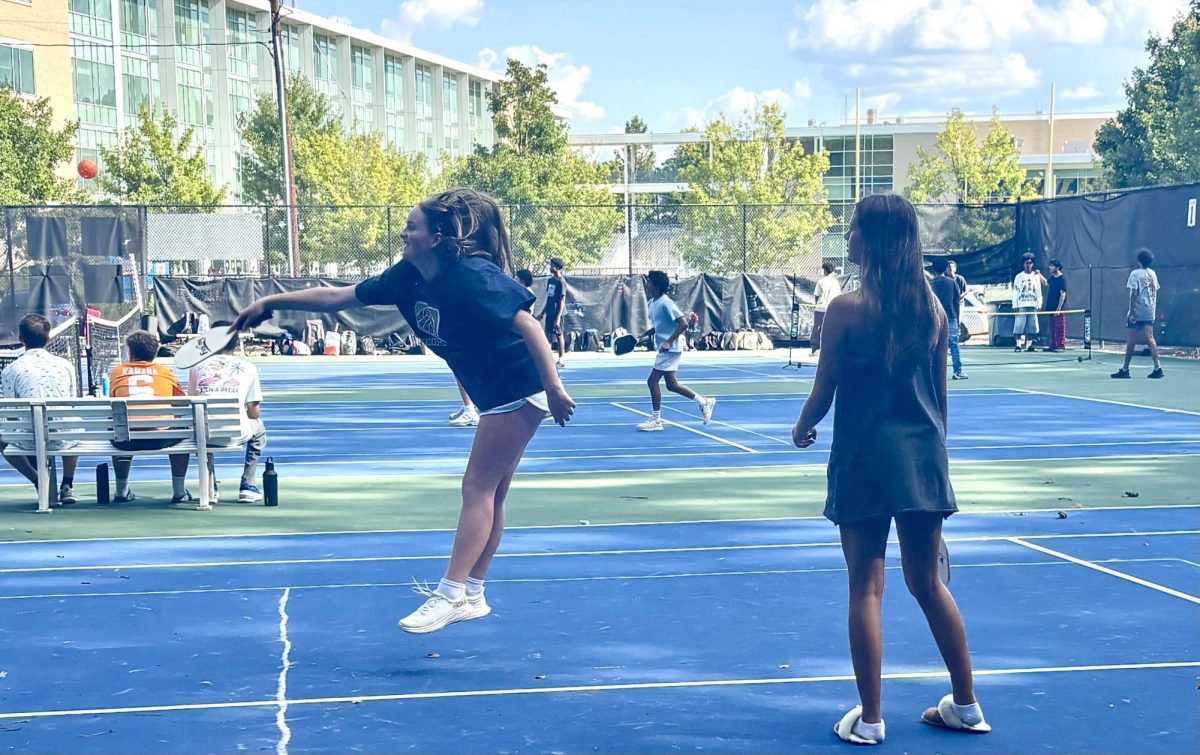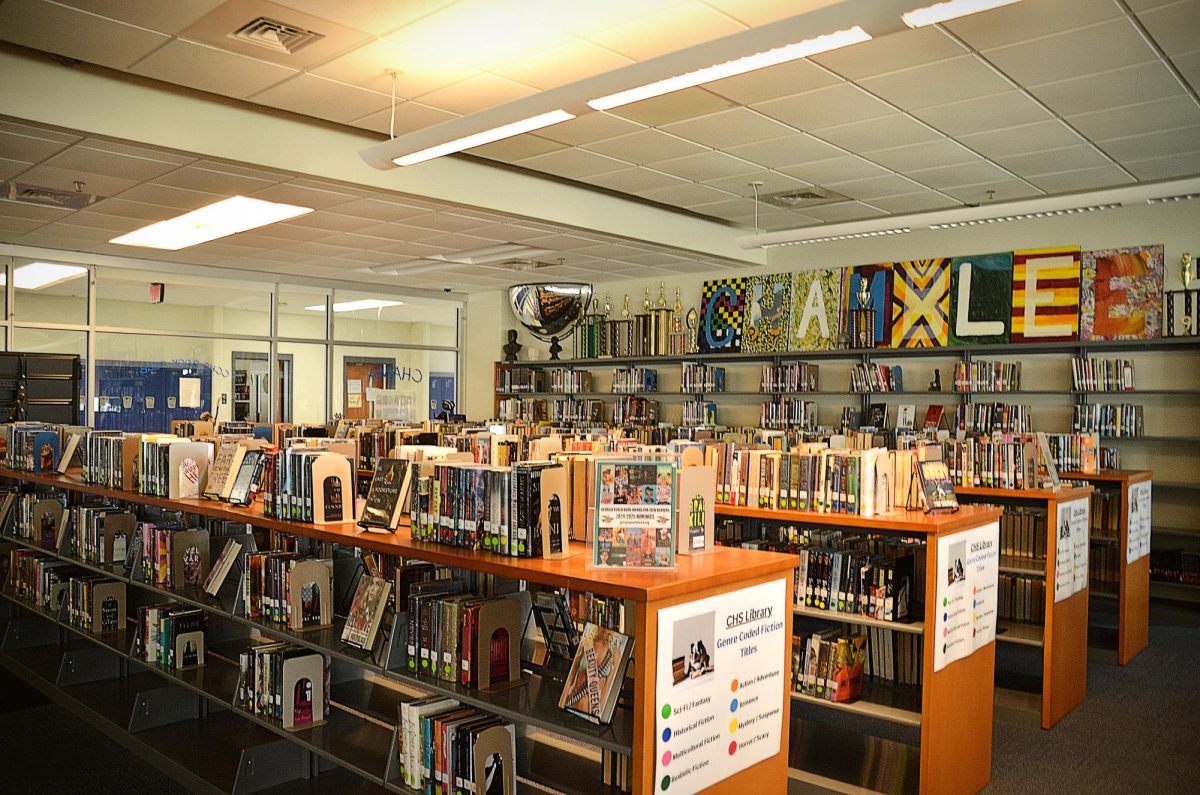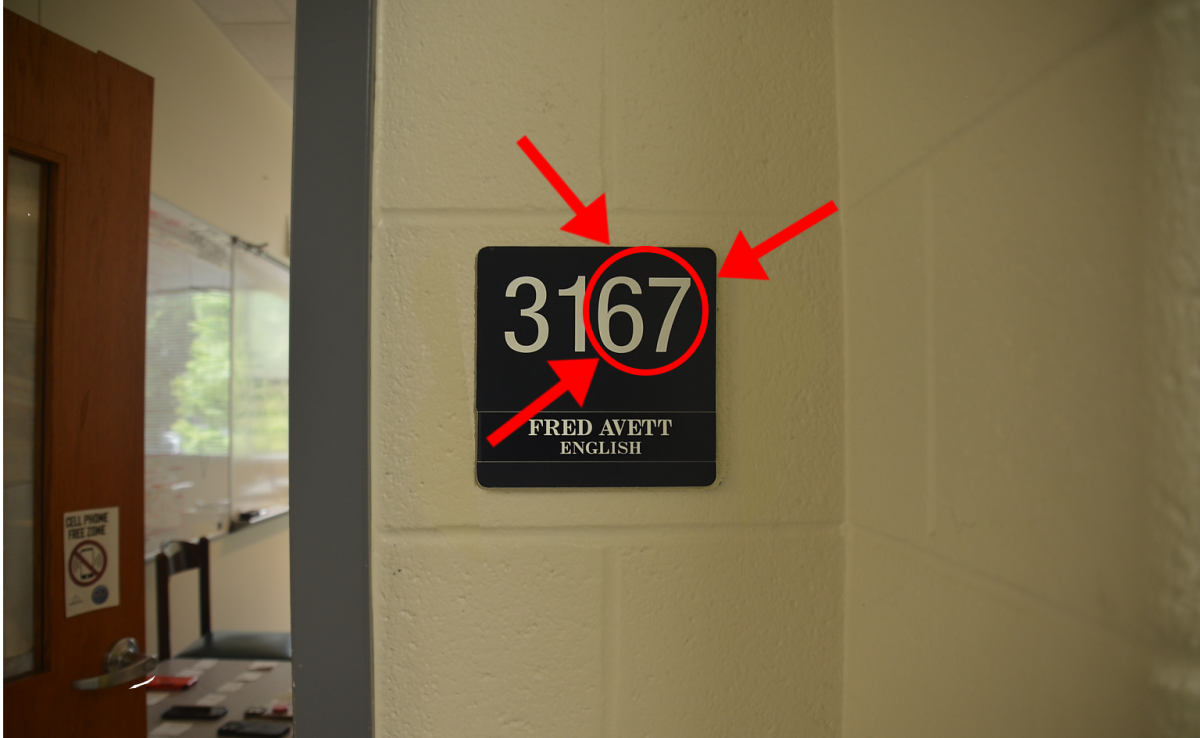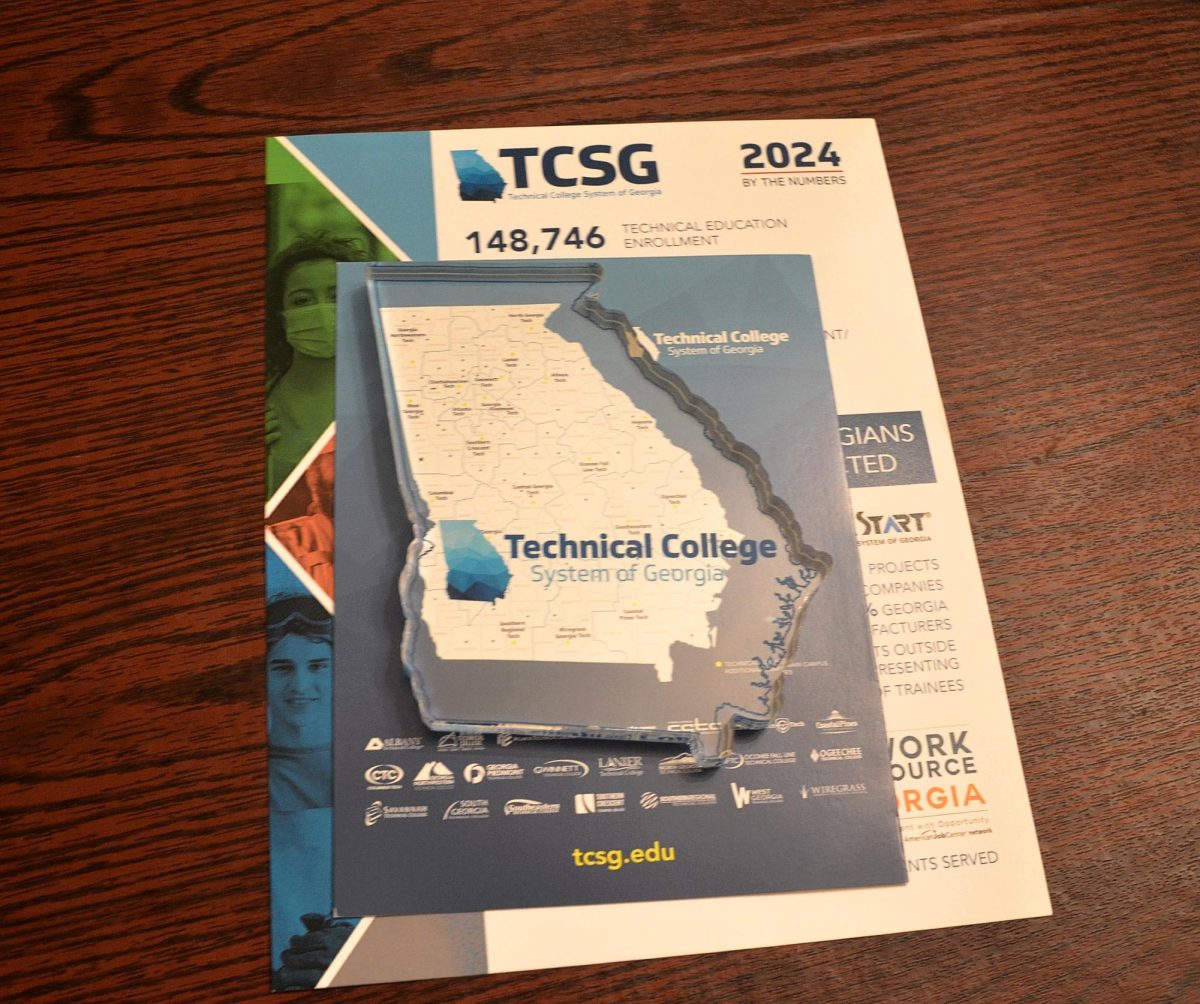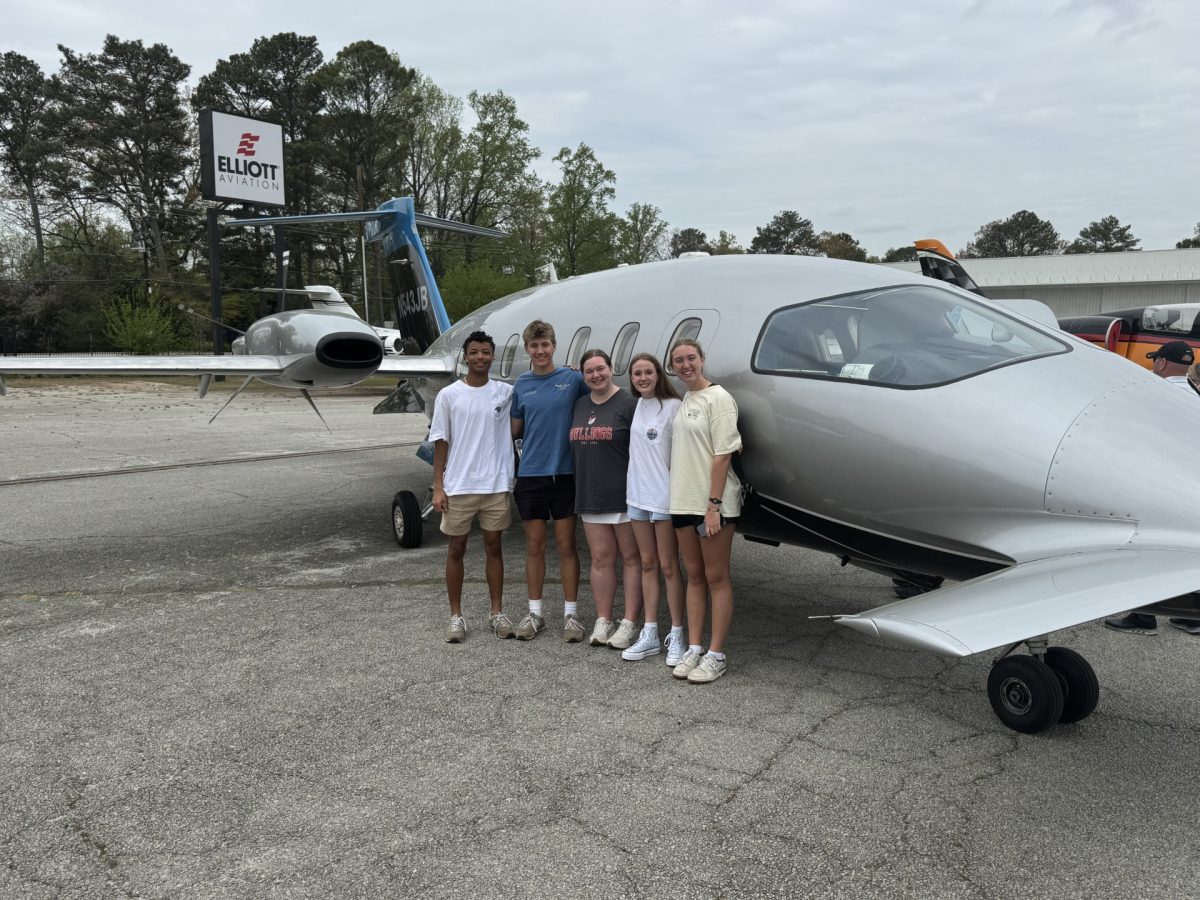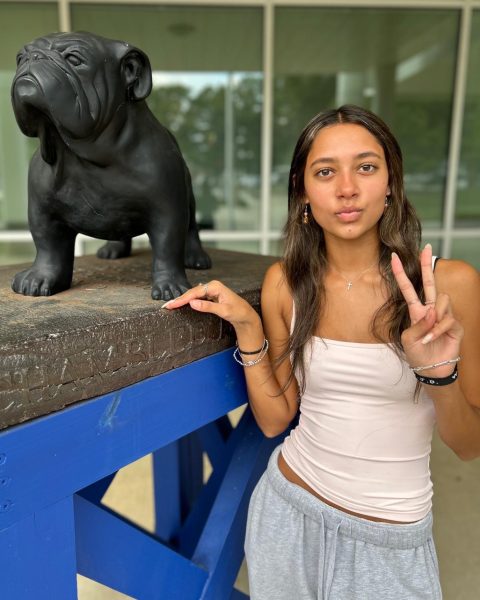It’s been five years since the COVID-19 global pandemic began. Current high schoolers were completing elementary school or were in the midst of middle school when the virus struck. These times were very impactful due to the lack of socialization students experienced – or did not experience. As a result, there were a variety of lasting negative effects because many missed out on formative years like overnight field trips, fifth-grade graduations, and much more. However, many students were too young to understand the seriousness of the pandemic.
“I thought it was just gonna be a little break, and I was honestly thrilled about it,” wrote Grace Graham (’26). “I didn’t realize how real it was until weeks later.”
Students missed out on important events that they waited months to do and worked hard on during the school year.
“I missed the musical where I was the lead role, and it made me feel sad because I was missing something very fun,” wrote Bella Roberts (‘28).
Other students missed out on fun field trips they had waited years for.
“I missed an overnight field trip that was supposed to happen in fifth grade, and I missed a field trip to Japan because Japan was closed off for quarantine,” wrote Zeke Neely (‘27).

Photo courtesy of Fred Avett.
Students were envious of their older siblings who got to do all the events that COVID caused them to miss out on.
“There are a lot of events that came with the fifth grade graduation, like parties, that I missed out on,” wrote Maya Vogel (‘27). “My brother got to do all those things, and it made me jealous.”
As a result of the lack of social gatherings, many attempted to adapt to the situation by organizing “drive-by parties” to celebrate birthdays or graduations as a replacement. Still, students were sad spending birthdays alone.
“My least favorite part of quarantine was having to miss out on so many things like birthdays, Christmas at my relative’s, Thanksgiving, etc,” wrote Vogel.
According to Alme, the transition from elementary school to middle school has a significant impact on adolescent years. Students have to get used to a new school with new teachers and seven classes. It’s a lot to balance in the beginning.
“Since I missed part of my fifth-grade year, when I started middle school, I never fully transitioned and it made me feel like I was still in fifth grade,” wrote Vogel. “It took me a while to adjust to the change.”
Because of virtual learning, students lacked the most of the social interaction needed for proper development. For example, an article published by Nu.Edu explains, “The lack of face-to-face interaction with peers and instructors can diminish the sense of community and support that is often found in traditional educational settings.”
It is important during these formative years to find your people and stick with them.
“I feel like I got more introverted during COVID-19; however, I can never be completely sure if this was because of COVID-19 or because the transition from elementary to middle school is just a transformative time in general,” wrote Graham.
On the contrary, the impact was positive for some and led them to desire more social interactions.
“Before COVID, I was very shy, and after being quarantined for two years, I just wanted to be social with as many people as possible,” wrote Marley Rodriguez-Cronan (‘28).
In order to stay as connected as possible, some students called their friends during their lunch break to achieve more sociality.
“I enjoyed… doing lunchtime Zoom calls to stay connected with my friends,” wrote Graham.

Photo courtesy of Fred Avett.
Virtual learning lasted for almost two school years and led students to become creative with their free time.
“I got super into random research during COVID, which really fueled my opinions and knowledge today,” wrote Rachael Staskiewicz (‘26).
Students were able to spend more time outdoors in between classes which led to new hobbies.
“My favorite part was playing soccer with my cousins every day,” wrote Leeyu Mekonnen (‘27).
It was hard for some students to pay attention during virtual learning because of the adjustment to a different learning style.
“I need the interaction to comprehend and understand the topics, so virtual learning was hard for me,” wrote Carson Rea (‘26).
It’s difficult to stay focused at home when there are so many distractions like your cellphone, television, and younger siblings. Nu.Edu. states, “The absence of physical presence in a classroom setting can lead to feelings of isolation among online learners.” Not being in an academic environment is counterproductive to learning.
“It was extremely hard for me to focus and stay motivated while sitting in my bed at home for eight hours,” wrote Clare Collins (‘25).
Some students were able to figure out what learning method worked best for them and adapt to the unique learning situation
“I had my camera on all the time during the Zoom meetings, so I was constantly interacting with teachers, which helped me learn,” said Staskiewicz.
Even with many online resources, teachers were hard to connect with, and some left students to teach themselves.
“Many teachers decided that they would just give us notes, and we would have to teach ourselves,” wrote Vogel, “while the ones who did teach had trouble answering questions and concerns.”
Besides the lack of communication, many students struggled to find resources to continue their education asynchronously. Nu.edu states, “Many students face challenges related to inadequate access to technology or unreliable internet connectivity. These technical difficulties can disrupt the learning process, leading to frustration and disengagement.” Furthermore, constantly looking at a screen negatively affects students physically and mentally.

Photo courtesy of Fred Avett.
“I could not learn well virtually because the constant blue light gave me headaches,” wrote Lauren Roberts (‘28).
After months of online learning, returning to school was a hard switch for some students.
“Initially, getting back to going to school in person was an adjustment because we had to actually get ready in the mornings and stay inside the building all day,” wrote Rea.
After in-school learning returned, students were still required to wear masks for the remainder of the current semester and the first semester of the next school year.
“The transition was hard to go from never wearing masks to always wearing them,” wrote Graham. “They were uncomfortable, and even though I knew it was benefiting me, I still didn’t want to wear them.”
Once the students got used to wearing masks, it was difficult for them not to.
“I was self-conscious at first of how different I would look and what people would think after wearing a mask for two years,” wrote Mekonnen.
Other students were relieved and had no problems discarding their masks.
“It was nice to finally feel a sense of normalcy,” wrote Rea. “Our world became so fearful, and it was nice to see that fear lifted.”
Students were inspired by the efforts needed to create vaccines and the scientific process overall.
“COVID made me want to go into viral research and more stuff with biology,” wrote Staskiewicz. “Without COVID, I wouldn’t have watched the thousands of documentaries about it and other diseases; I wouldn’t have had that much interest like I do now.”
COVID-19 did have some benefits. All rates of sickness went down because people were being more aware of germs and cleanliness.
“People’s general hygiene has gotten better because we were told to wash our hands so much,” said Staskiewicz.
The pandemic forced everyone to do things differently, and schools have adapted more to online resources that may be necessary in some cases.
“We have more online sources now, so there’s more work on asynchronous days, like snow days, because COVID forced schools to adapt,” wrote Rodriguez-Cronan.
The COVID-19 pandemic created much darkness in people’s lives, and some room for growth. Regardless of how it impacted you, it is in the rearview mirror now, with lessons learned in case another global pandemic is brewing.


